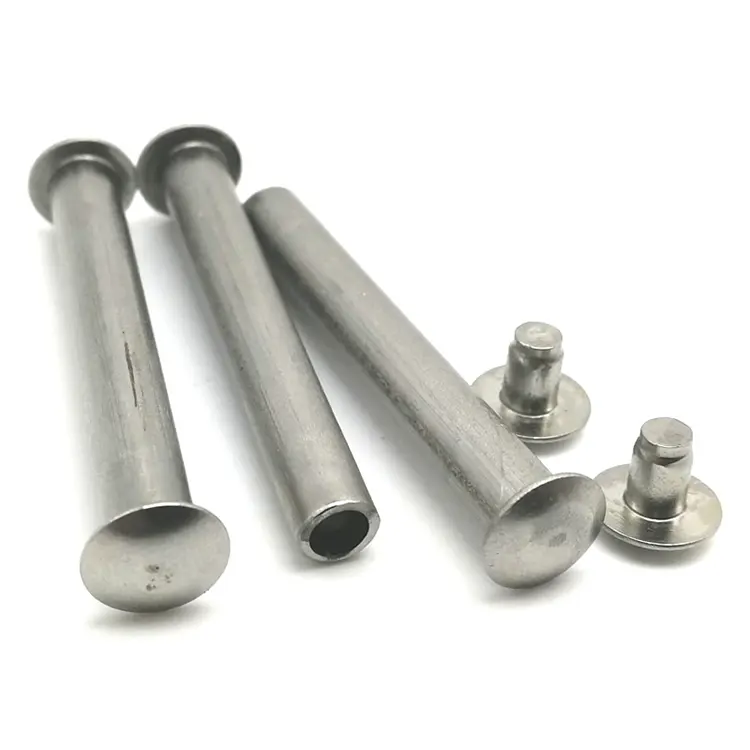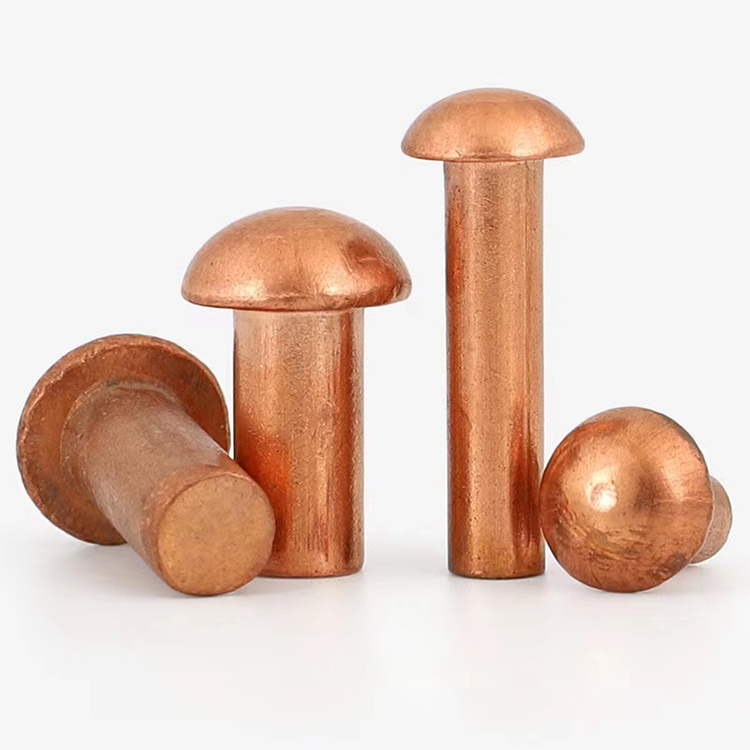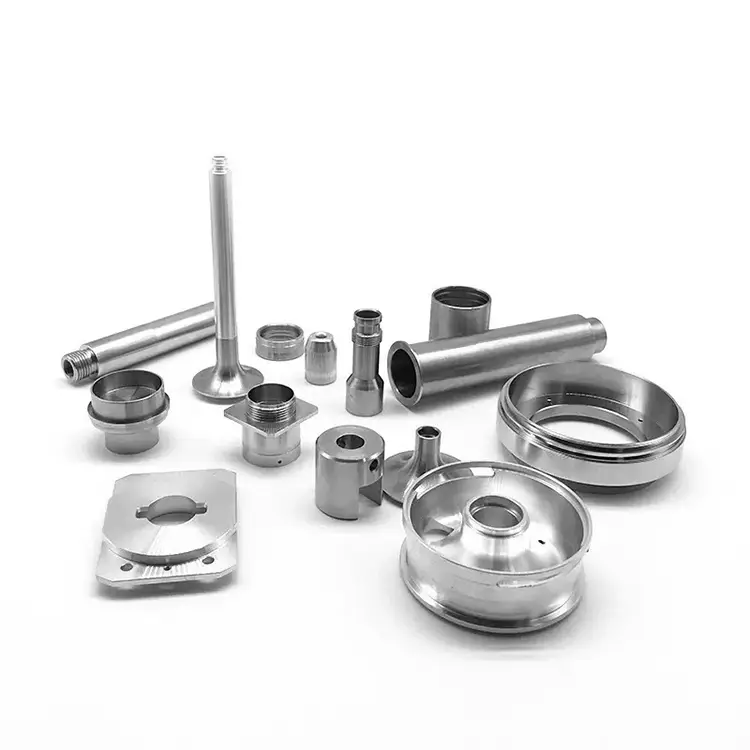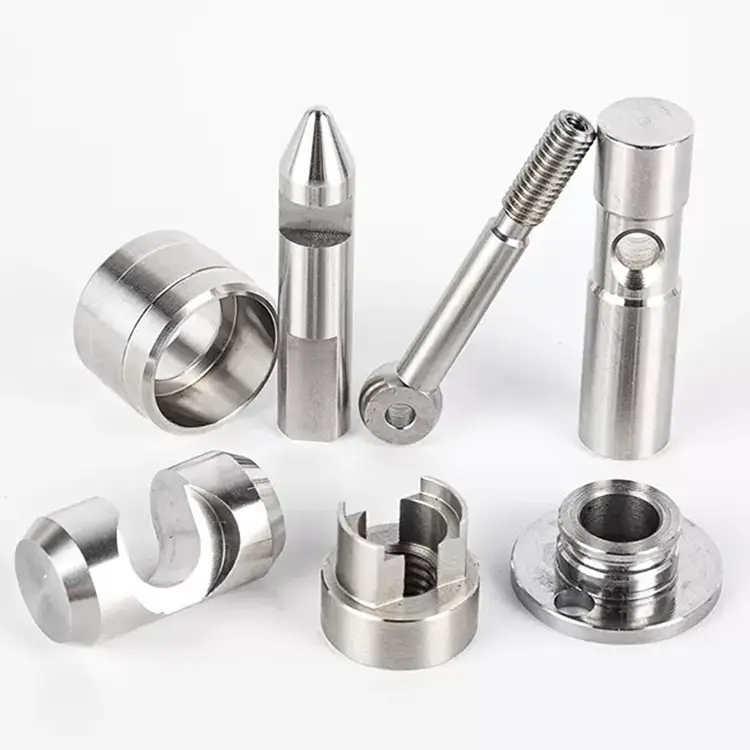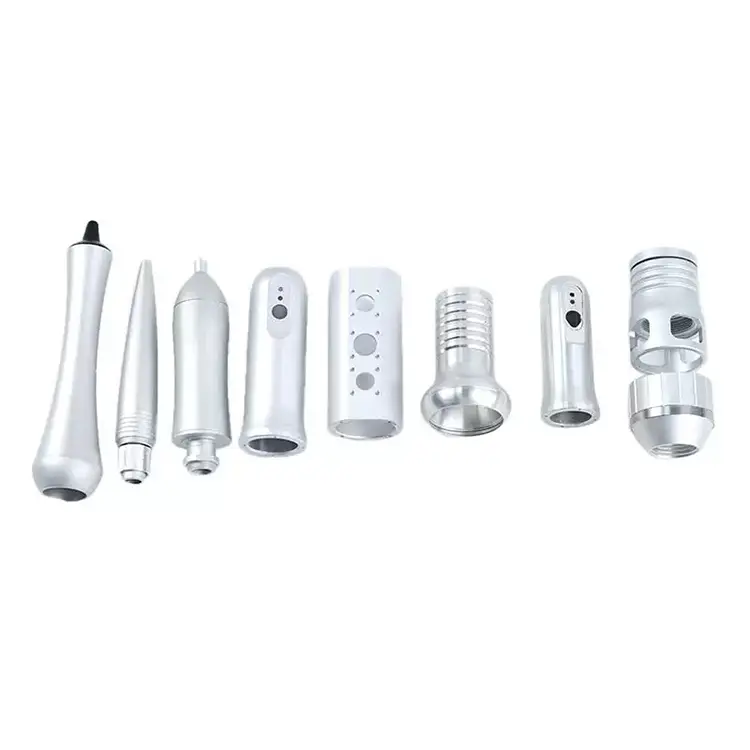Piezas de giro de CNC
You are welcomed to come to our factory to buy the latest selling, low price, and high-quality CNC Turning Parts, Notin looks forward to cooperating with you.
Overview of CNC turning Processing
CNC turning processing is a machining method that uses a computer program to control the movement of the lathe toolholder along the workpiece's contour, precisely cutting and processing the workpiece. Compared to traditional machine tools, CNC turning processing offers significant advantages, including high precision, high efficiency, low failure rate, and a high degree of automation. It is widely used in high-precision applications such as model manufacturing, aerospace, and satellite manufacturing.
What are the characteristics of CNC turning parts?
High-Precision Processing
CNC turnings offer extremely high machining accuracy, meeting the machining needs of a wide range of precision parts. Through precise CNC programming, CNC turnings can achieve micron-level machining accuracy, ensuring part quality and performance. This high-precision machining feature makes CNC turning parts widely used in high-precision applications such as aerospace, automotive manufacturing, and electronics.
High-Efficiency Production
CNC turning parts utilize automated processing methods, significantly improving production efficiency. Compared to traditional lathes, CNC turnings reduce manual intervention and achieve continuous, rapid processing. Furthermore, CNC turnings can perform multiple processing steps in a centralized manner, further shortening production cycles and improving production efficiency.
High Flexibility
CNC turning offer tremendous flexibility, adapting to machining parts of varying shapes, sizes, and materials. By changing tools and adjusting machining parameters, CNC turnings can easily handle a wide range of complex parts. This flexibility gives CNC turning parts a significant advantage in responding to market changes and customer demands.
High Degree of Automation
CNC turnings utilize computer control systems, enabling highly automated machining processes. Operators simply program the machining program, and the CNC turning automatically completes the machining task. This high degree of automation not only reduces operational complexity but also minimizes machining errors caused by human error.
In short, CNC turning parts occupy a vital position in modern manufacturing due to their high precision, high efficiency, flexibility, and automation. With the continuous advancement of technology and evolving market demands, CNC turning parts will continue to leverage their advantages and contribute to the development of the manufacturing industry.
What types of parts are suitable for machining on CNC turnings?
CNC turning are highly efficient and energy-efficient CNC machine tools widely used in the machinery manufacturing industry. They are suitable for machining the following types of parts:
1. Shafts: CNC turning are capable of machining small-diameter, high-precision shafts and various custom-shaped surfaces.
2. Gears: CNC turning can machine a variety of gears and their associated transmission components. The lathe's various toolholder systems and cutting tools enable the machining of a wide variety of tooth shapes.
3. Threads: CNC turning can efficiently machine a variety of threads, including metric, imperial, special, and left-hand threads.
4. Custom-shaped surfaces: CNC turning can machine a variety of irregularly shaped surfaces, such as various tooth shapes, curved surfaces, chamfers, grooves, and convex and concave surfaces.
CNC turning Process
1. CNC Programming: Import the CAD file into CAM software and create the CNC program.
2. Workpiece Clamping: Clamp the workpiece to be machined onto the CNC turning.
3. Machine Tool Adjustment: Adjust the position and speed of each axis of the CNC turning according to the machining program requirements.
4. Automatic Machining: Start the CNC machining program, and the CNC turning automatically completes the workpiece according to the program requirements.
5. Finishing and Measurement: After machining is completed, the workpiece surface is trimmed, deburred, and the finished dimensions are measured.
What materials can CNC turning process?
1. Steel Turning: CNC turning is suitable for machining various steels, such as carbon steel, alloy steel, and stainless steel. Carbon steel machining is the most common, typically using techniques such as high-speed cutting and chemical cutting.
2. Copper Turning: brass machining typically uses cutting and milling techniques. Due to its excellent thermal and electrical conductivity, brass is suitable for manufacturing high-precision electronic components.
3. Aluminum Turning: Aluminum alloys are lightweight, corrosion-resistant, and high-strength, making them widely used in industries such as aviation and automotive. CNC turning is suitable for machining various aluminum alloys.
4. Stainless steel turning parts: Stainless steel has the advantages of high specific strength, high specific stiffness and high temperature strength, and is widely used in aerospace, shipbuilding and other fields. CNC turning is suitable for processing various Stainless steel materials.
- View as
CNC Tirando las piezas de fresado
Nuote Metals es un fabricante chino de piezas de fresado CNC ubicado en la ciudad de Dongguan, el mecanizado CNC implica el uso de computadoras para controlar las máquinas herramientas. En consecuencia, este proceso permite una alta precisión y repetibilidad, lo que lo hace ideal para piezas complejas e intrincadas. Las máquinas CNC pueden manejar una variedad de materiales y realizar múltiples operaciones, como corte, perforación y fresado. La parte típica de la fresación de giro CNC incluye componentes aeroespaciales, dispositivos médicos.
Leer másEnviar ConsultaPiezas de la máquina CNC Turning Machine
Las piezas de la máquina de giro CNC se fabrican a mediciones específicas. Como resultado, esto significa que las piezas encajan con precisión y funcionan como se pretende sin espacios o desalineaciones. Las tolerancias estrechas son cruciales en industrias como los dispositivos aeroespaciales, automotrices y médicos, donde incluso una pequeña desviación puede afectar el rendimiento o la seguridad. Nuote Metals y nuestro equipo nos dedican a este campo de giro de CNC durante más de 10 años, bienvenidos a enviarnos sus requisitos de giro.
Leer másEnviar ConsultaComponentes de precisión de precisión cnc
Durante más de 10 años, Nuote Metals ha estado produciendo componentes de precisión CNC de alto rendimiento para una amplia gama de industrias. Ya sea que se use en la electrónica aeroespacial, médica, automotriz o de consumo, las piezas de precisión CNC giradas proporcionan una precisión y calidad inigualables.
Leer másEnviar ConsultaComponentes de torno de CNC
El mecanizado de torno de CNC con técnicas como la fresación y el giro ha mejorado la precisión de la fabricación de componentes del torno de CNC y una mayor eficiencia. En consecuencia, las piezas de mecanizado de torno de CNC se han vuelto indispensables en sectores como aeroespacial y automotriz, donde la exactitud de la confiabilidad de los componentes es primordial. Los metales nuotos están en la industria del mecanizado CNC durante 10 años, podemos ayudarlo a hacer que sus piezas de CNC sean perfectas.
Leer másEnviar ConsultaPartes de CNC de latón
Nuote Metals es un fabricante chino líder de piezas de CNC de latón, nuestros técnicos altamente calificados, combinados con nuestra cartera completa de centros avanzados de tornillo CNC de 4 y 5 ejes, nos permiten soluciones personalizadas de múltiples eje para cumplir con los requisitos de cualquier proyecto. Trabajamos en estrecha colaboración con una red de proveedores de procesamiento secundario y ofrecemos una gama de servicios de valor agregado para reducir los costos de los clientes y mejorar la productividad.
Leer másEnviar ConsultaPiezas de giro de aluminio CNC
Nuote Metals produce piezas de giro de CNC de aluminio en Dongguan, China. Para lograr las tolerancias más cercanas y los mejores acabados superficiales, equipamos con 35 centros y tornos modernos de CNC. Estas máquinas controladas por computadora pueden producir altos volúmenes de piezas con precisión y repetibilidad excepcionales.
Leer másEnviar ConsultaMain points and precautions for processing different materials
Main points for steel turning:
(1) When performing high-speed cutting, the cutting depth should not be too large to prevent the cutting edge from overheating and becoming brittle and damaged;
(2) Pay attention to cooling and spray water or oil on the cutting area in time;
(3) Pay attention to selecting the appropriate tool type and cutting parameters.

Main points for brass turning:
(1) The processing speed should not be too fast to prevent thermal deformation of the material;
(2) Select appropriate cutting fluid and tool;
(3) Pay attention to tool wear and damage to the cutting edge.

Main points for aluminum turning:
(1) Use cutting fluid to reduce chips;
(2) Select appropriate cutting parameters;
(3) Pay attention to avoiding heating in the cutting area and preventing the cutting edge from deteriorating.

Key points of Stainless steel turning:
(1) Stainless steel has a high plastic deformation capacity. During processing, it is important to control the processing volume to avoid excessive deformation;
(2) Select appropriate cutting parameters and cutting fluids;
(3) Pay attention to tool wear and damage.
What are the advantages of CNC turning processing?
1. High precision: CNC turnings can achieve high-precision processing, and their accuracy can reach below 0.01mm.
2. High efficiency: CNC turnings have fast processing speeds and can continuously process multiple workpieces, which improves production efficiency.
3. High degree of automation: CNC turnings are controlled by computer programs, with a high degree of automation, which reduces the difficulty of manual operation.
4. Stable workpiece quality: CNC turnings have stable processing and high precision, which effectively guarantees the quality of workpieces.
What fields are CNC turning parts mainly used in?
CNC turnings are widely used in high-precision fields such as model manufacturing, aerospace, and satellite manufacturing. At the same time, they are gradually entering large-scale production fields such as automobiles, machinery, and chemicals. CNC turning processing has become an essential tool for modern high-precision, high-efficiency manufacturing.
Conclusion
This concludes our introduction to CNC turning processing. With the continuous advancement of technology, CNC turning processing will be applied in more fields, ushering in even broader development prospects.

